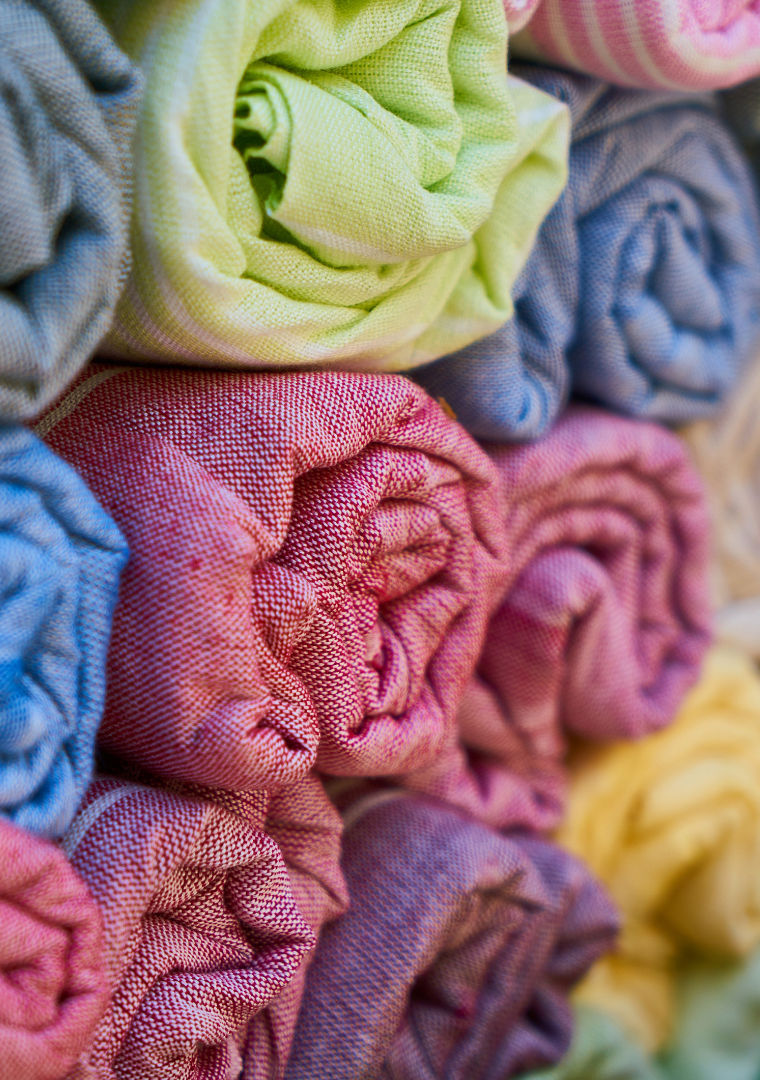The fashion industry is extremely dependent on the use of natural resources. For example, cotton alone accounts for half of the world’s commercial cotton crop, with the United States alone accounting for nearly half of global production. As a result, an increasing number of companies are turning to sustainable materials.
Amidst all the debate of which is worse for the environment – cotton or silk – the fact is you can’t make a blanket with either of them. When you buy a piece of fabric, you’re getting something you can’t make any other way, and that’s what makes them sustainable. That said, it’s important to know that if you’re looking to buy a sustainable fabric, it won’t be one that you wouldn’t buy if it was made from a conventional fabric. Here is a list of the most sustainable fabric.
- A Recycled Cotton
Recycling cotton is a relatively simple process that is very easy to do. Cotton naturally breaks apart after it has been worn. The process of recycling is fairly simple and can be done in less than an hour per piece. The only thing is, the amount of time for recycling is dependent on the amount of cotton that is being recycled. If you are interested in having more information on the process of recycling cotton, including the tools you will need, this is available online and will explain, using step-by-step instructions, how to recycle your cotton.
- Qmonos
Think about the material you used to make your daily clothes when you’re thinking about which fabric to use to make your new summer wardrobe. Is it cotton? Is it polyester? Polyester is the most commonly used material in the world, but recently, some industries have started using a new material that is made from recycled plastic. Called Qmonos, the material is made of 90% recycled plastic, so you get to keep up with the times without breaking the environment.
- Econyl
It is important to consider the environmental impact when choosing textiles for your wardrobe. Econyl fabric is produced by using a chemical process that produces the chemical polyethylene terephthalate (PET). This means that PET is 100% recyclable, chemical-free, energy-efficient, non-toxic, and biodegradable. This also might be an ideal fabric to use if you are making a quilt for a young child, due to it being non-toxic. You can easily search for a quilt pattern online or in a book to find a suitable starting point if you were going full DIY.
- Organic Linen
Organic linens are the second-oldest textile after cotton, but for years it has been too expensive to be used for everyday clothing, due to its high manufacturing cost. But the price of production is now so low, all of a sudden it is being used extensively in the fashion world.
For the past year, sustainability has been the buzzword when it comes to the fashion industry. Many are now questioning how sustainable human resources are in the garment industry. Fashion brands are being forced to think about the long-term effects of their use of natural resources, and the environmental impact of their production process. With growing concern over the environment and the need to protect the environment in the future, we have been focusing more and more on eco-friendly fabrics. Fabric is one of the most important parts used in the fashion industry and, in general, in our daily life.
Over the past few years, the fashion industry has taken a green turn, but I have to ask, are they green? Yes, sustainable fashion is an industry, but is it sustainable? The truth is, all fashion can be sustainable, but not without some work. There are a lot of opinions about the sustainability of the different types of fabrics available for clothing. Some people believe bamboo is the most sustainable fabric, while others will tell you that polyester is the best as it’s made from plastic bottles. Some will say that cotton is the best as it grows naturally, while others will say that cotton is one of the worst fabrics as it takes a lot of water to grow and process the cotton into fabric.
There are many benefits to using sustainable fabrics in your wardrobe. Sustainable fabrics are produced with raw materials that are harvested in a way that protects the environment, while also improving the local area. They are made with natural dyes, are biodegradable, and are made from recycled materials. There are many ways to use sustainable fabrics, in your wardrobe, in your home, in your car, in your workplace, in your school, in your local community and in your world.
